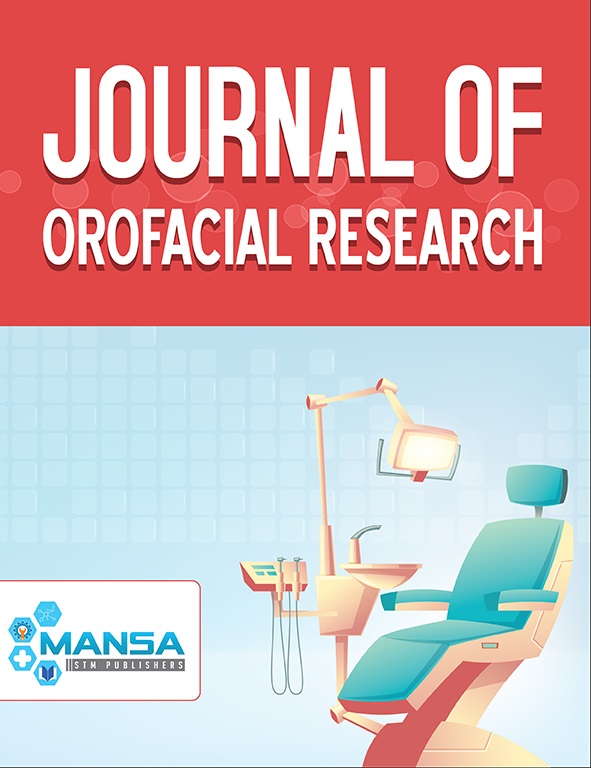Dental Fluorosis: its prevalence and sternness in Dindigul district
Keywords:
Dental Fluorosis, Dindigul, Dean’s index, dental fluorosis prevalenceAbstract
Background: Dental Fluorosis is still a depreciated condition which lacks felicitous awareness among people. Fluorosis is an endemic problem affecting different parts of the country. This condition is generally perceived in places where there is excessive amount of fluoride in the drinking water. Clinical Dental fluorosis is a biomarker of exposure to fluoride. Hence, this study was conducted among 1505 school children of age 3-5 years to find the existence and severity of dental fluorosis in Dindigul district, one of the endemic areas of fluorosis. Materials & Methods: A cross sectional study was carried out in 1505 children of age group 3-15 years from two schools in Dindigul. The schools were selected by random sampling. All the students were screened for presence or absence of dental fluorosis and graded based on Dean’s fluorosis index. The children were divided into 9 groups based on their residential areas. Water samples were collected from the 9 areas and fluoride levels were assessed. Results: An overall prevalence of 43.05% of dental fluorosis was observed among the study population. It was also observed that a high prevalence rate of 47.25% of fluorosis was prevalent in subjects using bore well water as drinking source. The levels of fluoride in drinking water ranged from 2.2ppm – 2.9 ppm. In our study Dental fluorosis was found to have a positive correlation with age, source of drinking water used and level of fluoride in drinking water. There is a gradual increase in severity of dental fluorosis with increase in levels of fluoride present in drinking water. Conclusion: We conducted this study to assess if, children living in endemic areas of fluorosis consuming water containing more than 1.5ppm of fluoride are at increased risk of developing dental fluorosis and the same has been reflected in our results. Skeletal and dental fluorosis should be managed by providing surface water from nearby dams if any. Rain water harvesting can be done and provided as source of drinking water. Water sources which are good as per WHO guidelines should be used for drinking and cooking purposes.

